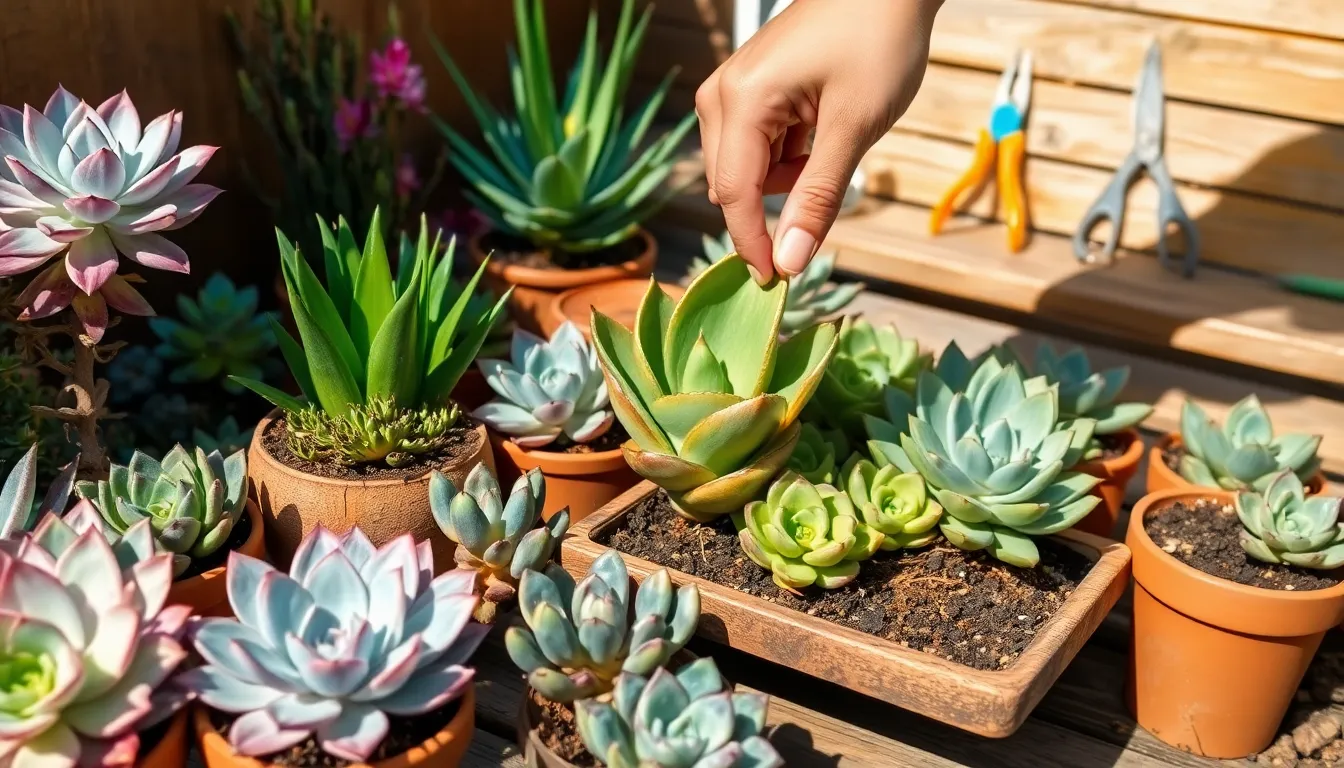There’s a special kind of magic in watching a succulent leaf transform into a thriving new plant, and whether you’re a novice gardener taking your first steps or a seasoned green thumb, the process is endlessly rewarding. “Best Time To Propagate Succulents” is your key to unlocking this botanical wonderland, offering insights that will guide you through the seasons with confidence and joy.
For those who cherish the art of gardening, knowing the optimal time to propagate your favorite succulents can make all the difference between a flourishing collection and a struggle for survival. This guide not only provides a meticulously curated list of succulents but also empowers you with practical tips to ensure your propagation efforts are met with success, allowing you to expand your garden with ease.
Imagine the thrill of seeing a new echeveria or jade plant take root, bringing life and beauty to your home. With this guide, you’ll gain the knowledge and assurance you need to nurture your succulents from cuttings to full-grown marvels, enhancing both your gardening skills and your appreciation for these resilient plants.
Burro’s Tail (Sedum morganianum)
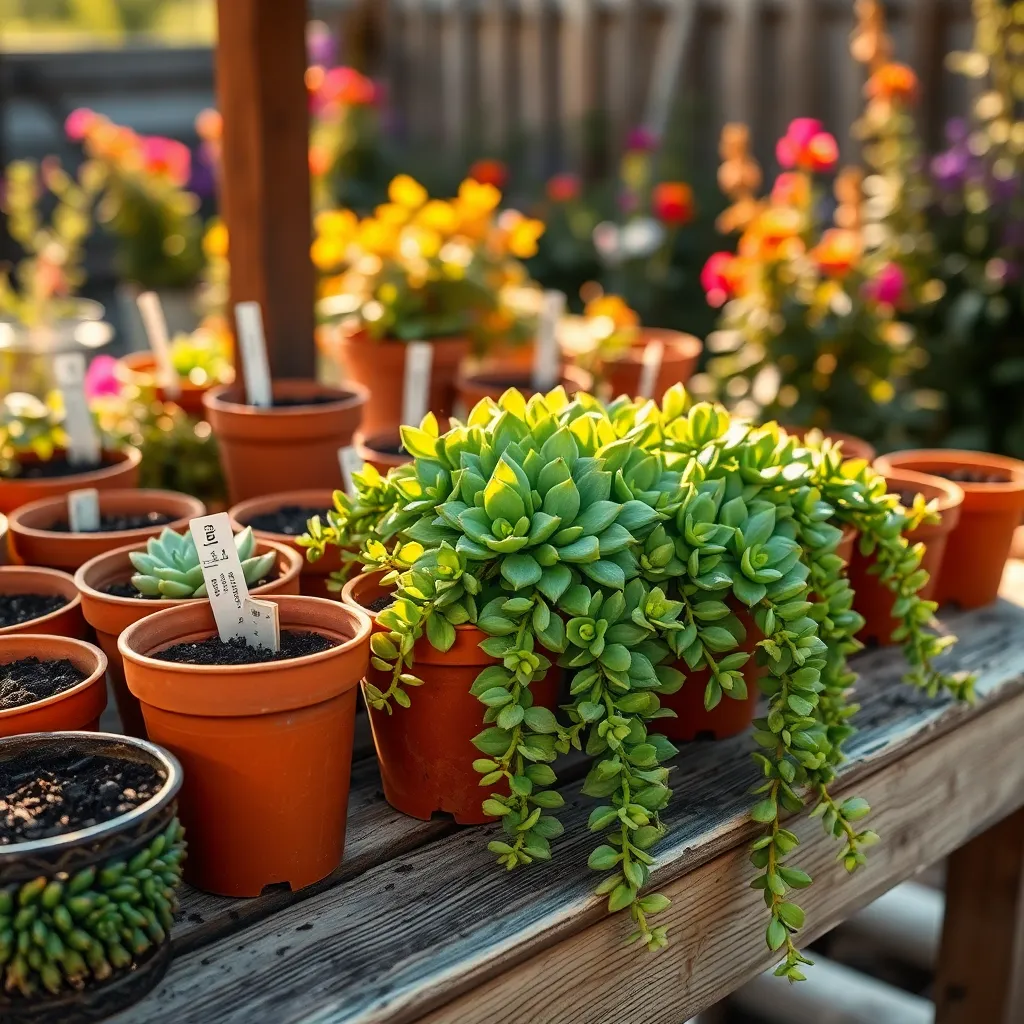
If you’re looking to propagate your Burro’s Tail, the best time is during the growing season, typically in spring or early summer. This is when the plant is most active, ensuring a higher success rate in root and leaf development.
To start, gently remove a few healthy leaves from the stem, ensuring they detach cleanly without damage. Allow the leaves to dry for a day or two until the cuts form a callus, which helps prevent rot when planted.
Prepare a well-draining soil mix, ideally one made for succulents or cacti, to provide the best environment for root growth. Place the callused leaves on top of the soil and mist them lightly with water every few days to encourage root formation.
As roots begin to emerge, keep the soil slightly damp but never waterlogged to avoid rot. Once the new plantlets develop and establish themselves, gradually expose them to more sunlight, ensuring they receive bright, indirect light.
For those with more experience, consider propagating from stem cuttings, which can produce more robust plants. Cut a healthy stem, allow it to callus, and then plant it directly into the soil, following similar care steps as with leaf propagation.
Panda Plant (Kalanchoe tomentosa)
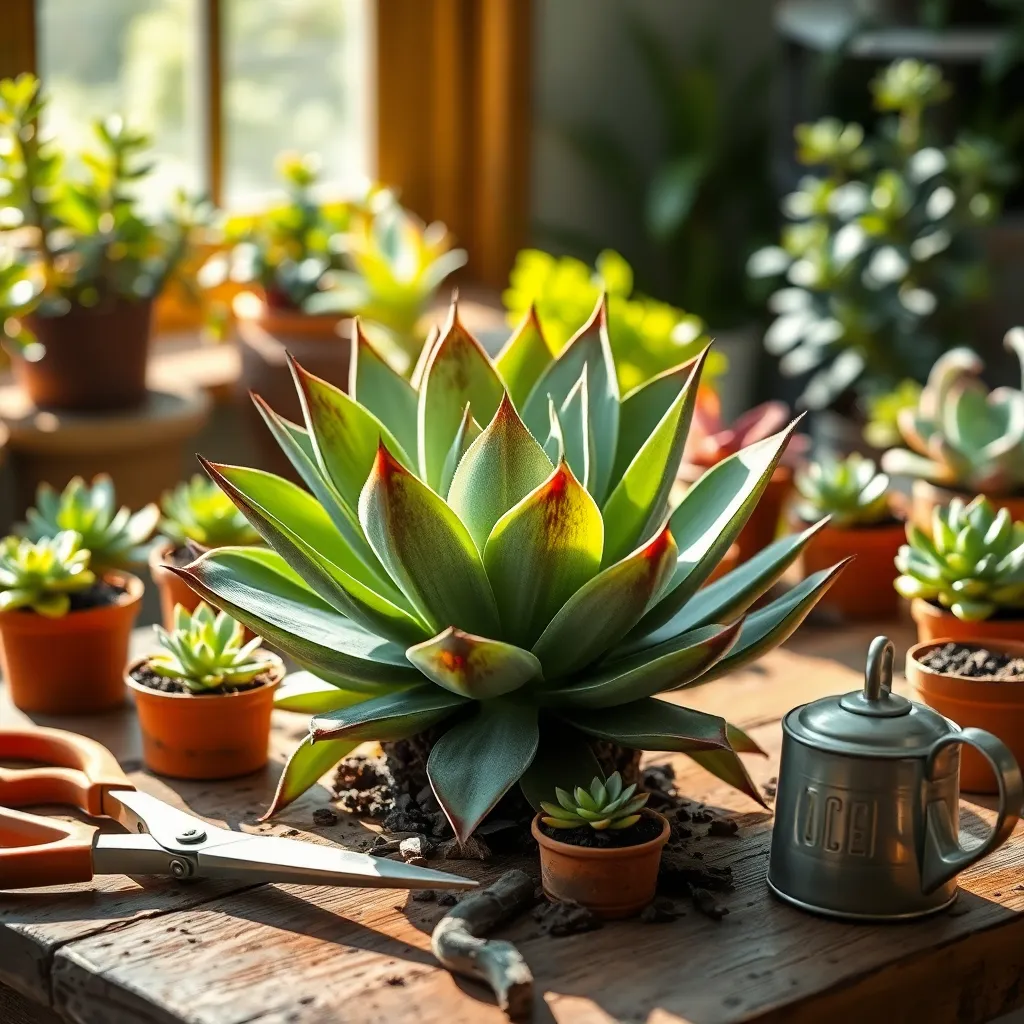
The Panda Plant, known scientifically as Kalanchoe tomentosa, is a delightful succulent that is both easy and rewarding to propagate. The best time to propagate this charming plant is during the warmer months, particularly in spring or early summer, when growth is most vigorous.
Start by selecting a healthy leaf or stem cutting from the mother plant to ensure successful propagation. Allow the cutting to dry and callous over for a couple of days before planting it in well-draining soil to prevent rot.
For soil, a mix specifically designed for succulents or a homemade blend of sand, perlite, and potting soil works best. Once planted, water sparingly; overwatering is the most common mistake with succulents, so let the soil dry out completely between waterings.
Place your propagated Panda Plant in a spot where it can receive plenty of bright, indirect light. Direct sunlight can scorch the leaves, so a filtered light source is ideal to encourage healthy growth and maintain its attractive appearance.
String of Pearls (Senecio rowleyanus)
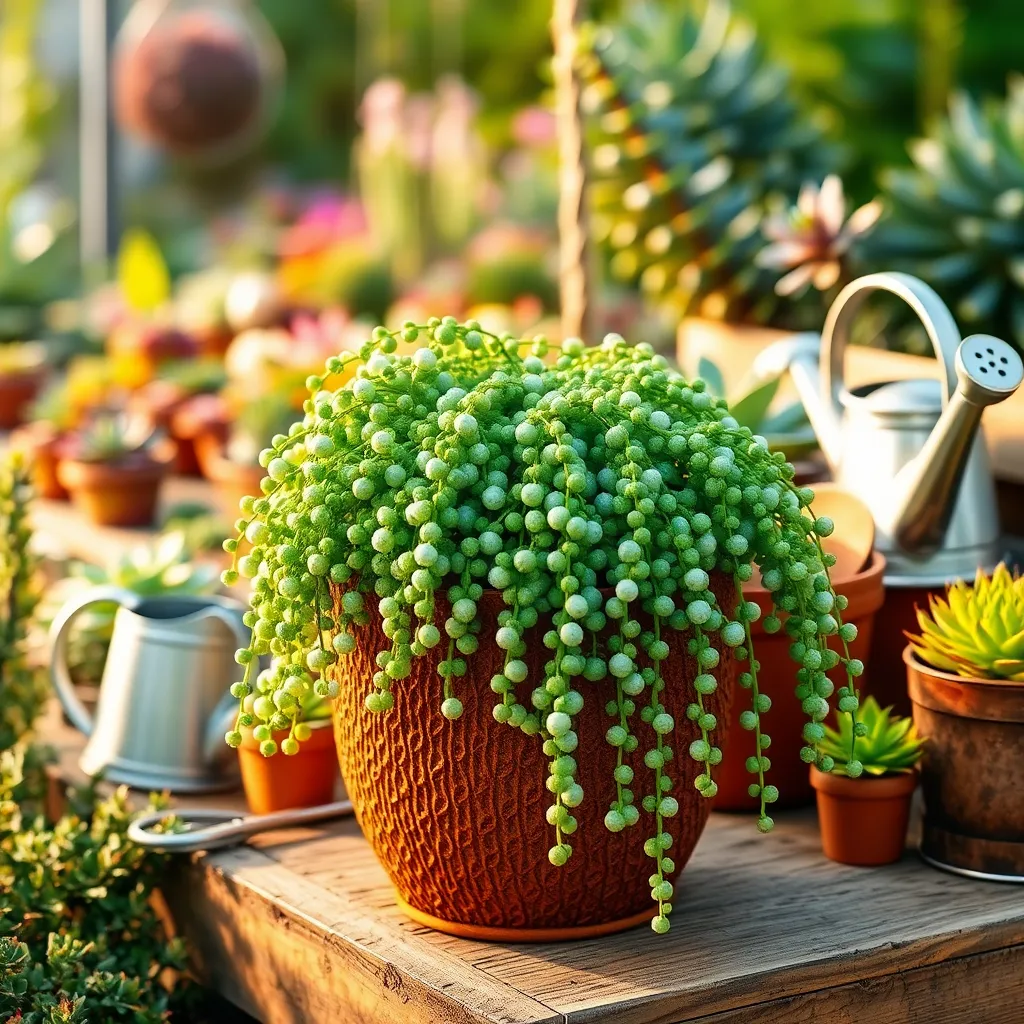
The String of Pearls (Senecio rowleyanus) is an eye-catching succulent that is both charming and easy to propagate. Optimal propagation usually occurs during its active growing period in the spring and summer months, when the plant’s energy is focused on growth rather than dormancy.
To propagate, start by selecting healthy, vibrant stems that are at least 4 inches long. Use sterilized scissors to cut just below a leaf node, which is the critical point where new roots will form effectively.
After cutting, let the stem cuttings dry out for a couple of days to allow the cut end to callous over, preventing rot when planted. Once calloused, place the cuttings on top of a well-draining soil mix, such as a blend of cactus soil and perlite, ensuring the leaf nodes make contact with the soil.
Water sparingly until roots develop, keeping the soil slightly moist but not waterlogged. As roots establish, gradually increase watering frequency to once every two weeks, ensuring the soil dries out completely between waterings to prevent rot.
Ghost Plant (Graptopetalum paraguayense)
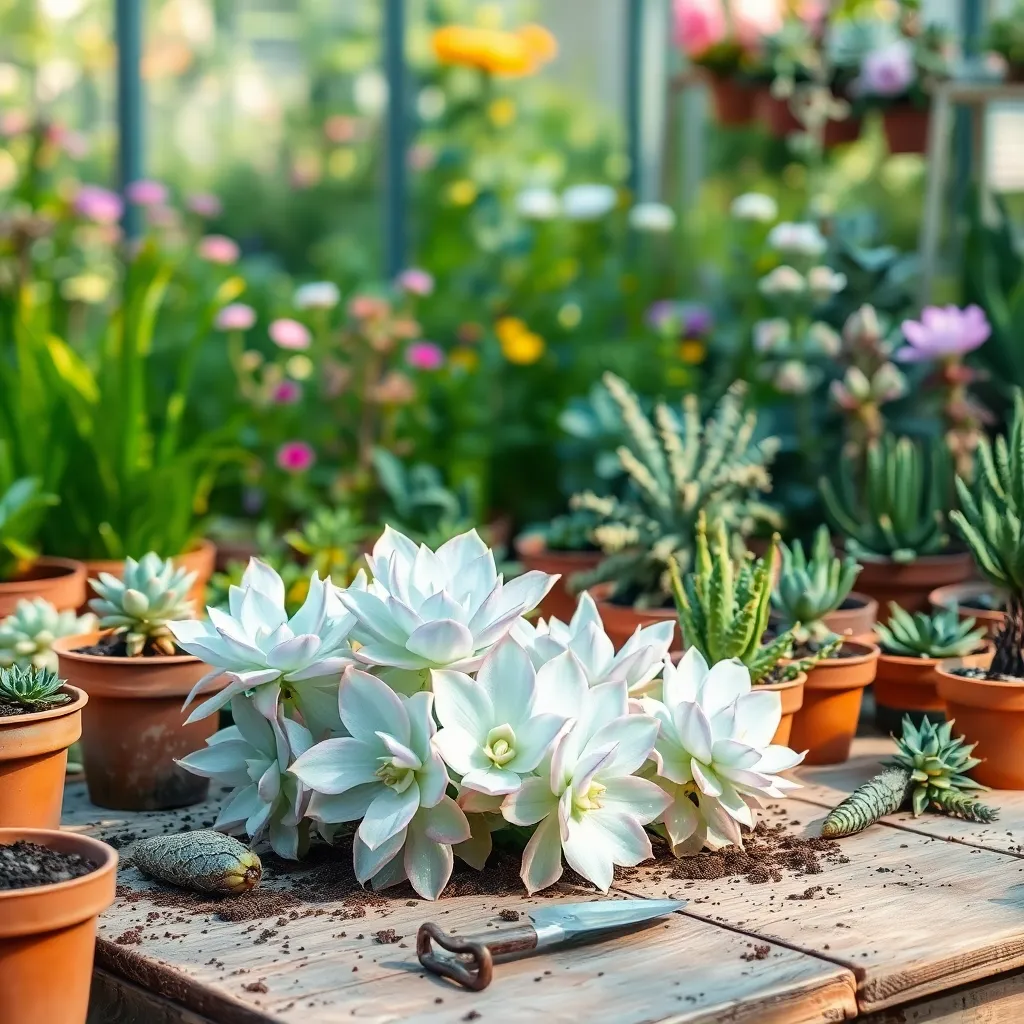
The Ghost Plant, known scientifically as Graptopetalum paraguayense, is a popular succulent for propagation due to its resilience and unique appearance. This plant thrives in well-draining soil, such as a cactus mix, which prevents water from sitting at the roots and causing rot.
Propagating the Ghost Plant is best done in the spring or early summer when the plant is naturally in its growth phase. To propagate, gently remove a healthy leaf from the parent plant, ensuring you get the entire leaf to encourage successful rooting.
Allow the detached leaf to dry for a day or two, forming a callus over the cut end to prevent rot. Once the leaf is callused, place it on top of the soil without burying it, as this allows it to access light while the roots develop.
Water the soil lightly, enough to keep it slightly moist but not wet, and place the leaf in a location with bright, indirect sunlight. As roots and a new plantlet form, you can gradually increase the watering frequency, but always ensure the soil dries out between waterings to mimic the plant’s natural arid environment.
Aloe Vera (Aloe barbadensis miller)
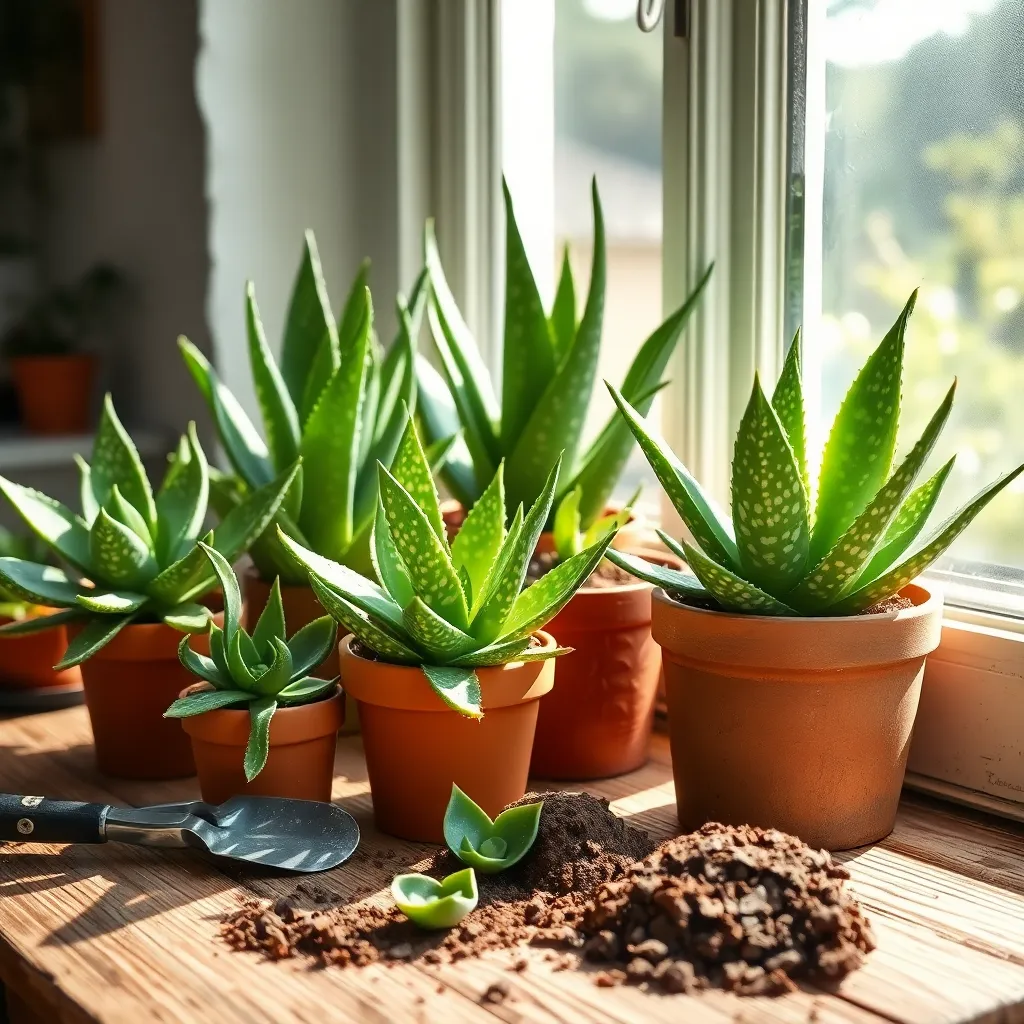
Aloe Vera (Aloe barbadensis miller) is a resilient succulent that can be propagated with ease. The best time to propagate Aloe Vera is during the spring or early summer when the plant is actively growing, ensuring optimal root development.
To begin propagation, carefully remove offsets, also known as pups, that have formed at the base of the plant. Make sure each pup has its own root system by gently detaching it from the mother plant using a clean, sharp knife to avoid damage.
Once separated, allow the pups to dry for a few hours or until the cut surface has calloused over. This step helps prevent rot when the pup is planted, which is crucial for its survival and growth.
Plant the calloused pups in a well-draining cactus or succulent mix, ensuring the soil has good aeration. Water the newly potted Aloe Vera pups lightly, allowing the soil to dry out completely between waterings to mimic their natural arid conditions.
For experienced gardeners, incorporating a bit of sand or perlite into the soil mix can enhance drainage further. Position your Aloe Vera pups in a spot with indirect sunlight to prevent scorching, gradually acclimating them to brighter conditions as they establish.
Conclusion: Growing Success with These Plants
In navigating the nuanced art of propagating succulents, we’ve uncovered five key relationship concepts that equally nurture our connections with others: timing, patience, nurturing, observation, and adaptability. Just as succulents thrive when propagated at the right time, our relationships flourish when we honor the natural rhythm and flow of growth. Patience and nurturing are vital, allowing connections to develop and deepen with care. By observing the subtle signs of change, we remain attuned to the needs of our partners. Adaptability ensures that we can respond to challenges with resilience and grace.
As a next step, take a moment today to identify one relationship in your life that could benefit from these principles and set an intention to nurture it with care. To keep these insights at your fingertips, bookmark this article for easy reference and a reminder of the parallels between plant care and fostering relationships.
Remember, with dedication and attention, your relational landscape can bloom into a garden of lasting success and fulfillment. By saving this article, you’re taking an empowered step towards cultivating deeper, more meaningful connections. Here’s to thriving relationships that stand the test of time!

